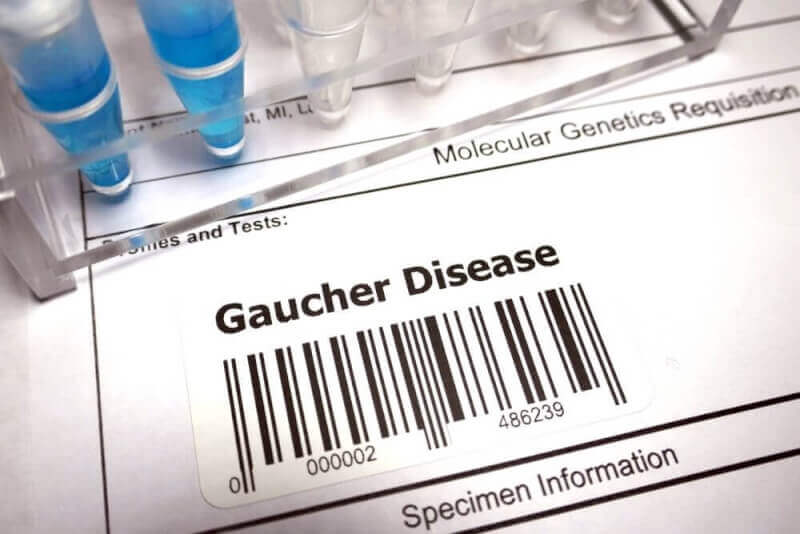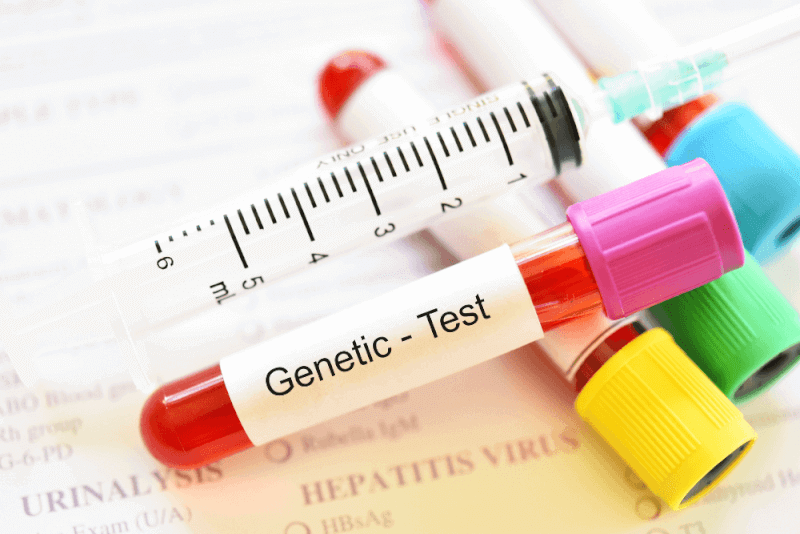What is Gaucher Disease?
Gaucher disease is a rare genetic disorder that is passed from parents to children. In Gaucher disease, mutations in the GBA gene result in a deficiency of the enzyme glucocerebrosidase, which breaks down lipids. The glucocerebrosidase enzyme separates lipids into sugars and simple fats that can be used for energy. If the lipids cannot be broken down, they start to accumulate inside the cells of the brain, bone marrow, spleen, liver, and lungs, causing the organs to malfunction.
Glucocerebrosidase is found in lysosomes inside cells. Lysosomes help cells expel waste by breaking down unwanted materials into simpler substances. When the enzyme that breaks down waste products is deficient, waste accumulates in cells, disrupting their function and leading to serious health problems.
Gaucher Disease Diagnosis Criteria
Early diagnosis and treatment are very important in Gaucher disease. Awareness of Gaucher disease is low, and since its symptoms resemble those of more common hematological, oncological, and infectious diseases, there can be delays in diagnosing the disease.
Blood tests are performed to confirm the deficiency of the glucocerebrosidase enzyme in the body. A quick and easy diagnosis of Gaucher disease is made through a dried blood spot test taken from a finger. To verify and compare abnormalities found in the dried blood spot test, a full blood sample analysis is conducted.
A DNA test is conducted to check for the presence of gene mutations. Saliva or blood is used for DNA testing to determine whether a person is a carrier of Gaucher disease. Carriers do not show symptoms, but they can pass the disease on to their children.
Gaucher Disease Symptoms
There are three types of Gaucher disease, and the symptoms can vary from person to person and depending on the type of disease. Symptoms of the disease usually begin during childhood. In general, the symptoms of the disease are as follows:
- Enlarged liver
- Enlarged spleen
- Bone pain
- Fractures
- Impaired cognitive function
- Low platelet levels causing easy bruising
- Heart valve problems
- Fatigue
- Anemia
- Nosebleeds
- Difficulty swallowing
- Abnormal eye movements
- Muscle stiffness
- Joint damage
- Lung problems
Causes of Gaucher Disease
Gaucher disease is inherited from parents to children through genes. It manifests due to mutations in the GBA gene. The GBA gene is responsible for the production of the glucocerebrosidase enzyme, and when this enzyme is insufficient, the fats in the body cannot be broken down. The disease is autosomal recessive, meaning both parents must be carriers.
Treatment Methods for Gaucher Disease
Enzyme replacement therapy is usually the preferred treatment for Gaucher disease. Every two weeks, the enzyme that is produced in insufficient amounts is supplemented via intravenous infusion. Enzyme supplementation shows positive results in the treatment of Gaucher disease. The treatment raises blood values and reduces the enlarged liver and spleen. It also increases bone mineral density, reducing skeletal problems related to the disease, and allows children to achieve normal growth rates.
Enzyme replacement therapy is safe, but side effects such as weight gain, fatigue, and headaches are known. Another treatment method for Gaucher disease is substrate reduction therapy. These are drugs used to reduce the accumulated fats in cells. STR drugs may have side effects such as diarrhea, stomach problems, and neuropathy. Regular physical examinations and bone density scans are required to monitor the progression of the disease.
Nutrition in Gaucher Disease
Gaucher patients should consume a healthy diet rich in vitamin D and calcium to help keep bones strong. Vitamin D, calcium, and other supplements recommended by doctors will help reduce symptoms.
Since fat accumulation increases in Gaucher disease, a low-fat diet can help reduce fat buildup. Some patients may develop deficiencies in B12 and iron. A low-fat diet rich in iron and B12 is recommended.
Types of Gaucher Disease
There are three different types of Gaucher disease.
Type 1 Gaucher
Type 1 is the most common form of Gaucher disease, and symptoms can appear in childhood or adulthood. Abdominal swelling due to spleen or liver enlargement, fatigue caused by anemia, easy bruising, bleeding due to low platelet count, bone pain, and growth retardation in children are the most common symptoms of Type 1 Gaucher disease.
Type 2 Gaucher
Type 2 is a rare form of Gaucher disease, and symptoms usually appear in infancy. Type 2 Gaucher can result in early death. In addition to the symptoms seen in Type 1, neurological problems are also present. Symptoms include reduced muscle tone in the central nervous system, slow movement in the arms and legs, loss of function in the optic nerves, strabismus, difficulty swallowing, delayed ability to hold the head up, and developmental delays.
Type 3 Gaucher
In Type 3 Gaucher, neurological problems appear later than in Type 2. Symptoms typically present in childhood. In addition to liver and spleen enlargement, bleeding, bruising, fatigue, and growth retardation, there are also symptoms such as decreased eye movement, loss of balance, hand tremors, learning difficulties, and mental issues.







